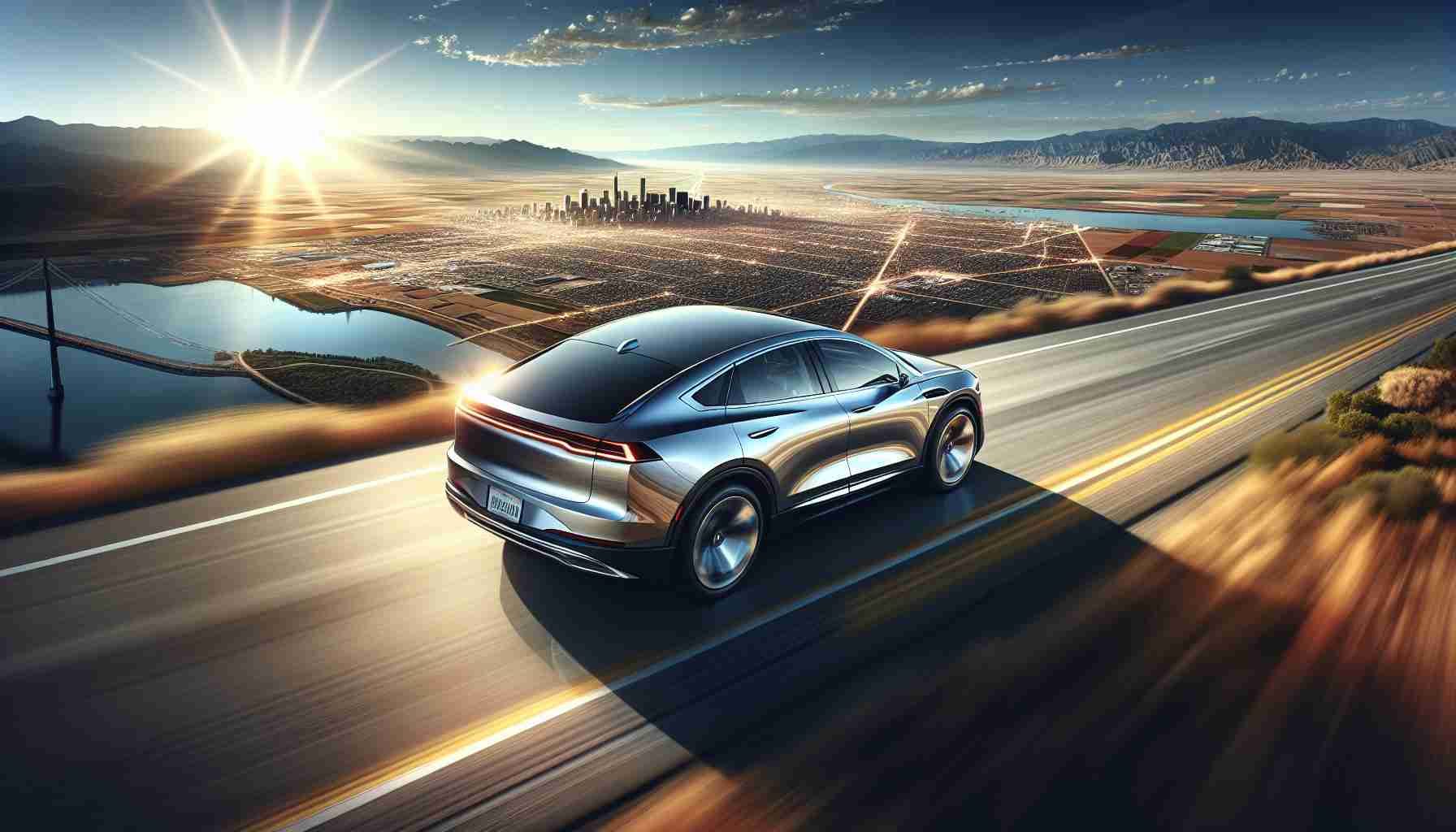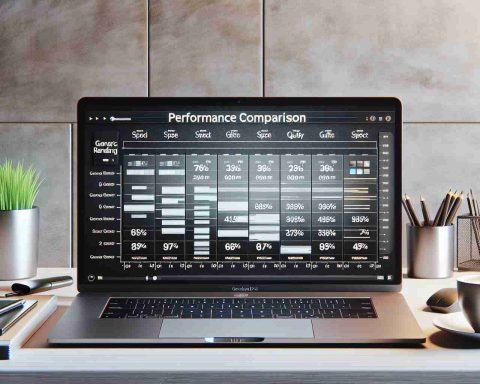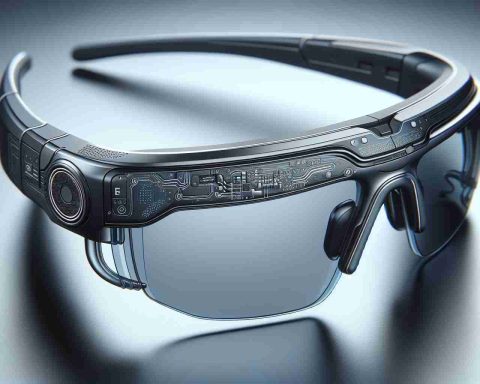Polestar, the Swedish electric vehicle manufacturer, has officially launched its first models produced in the United States. On Friday, the company announced that the inaugural batch of Polestar 3 SUVs has been delivered to customers in both the US and Canada.
This launch is particularly timely due to the benefits provided by the Inflation Reduction Act, which encourages automobile manufacturers to produce electric vehicles domestically. This legislation offers significant tax advantages aimed at both manufacturers and consumers.
Production of the Polestar 3 commenced in August at the company’s new plant located in Ridgeville, South Carolina. This facility aims to supply both North American and European markets, complementing existing operations in Chengdu, China.
According to the automaker, the delivery of Polestar 3 units in the US and Canada will accelerate shortly, offering enthusiastic customers the opportunity to experience their new EVs firsthand. Those interested can visit the elegant Polestar Spaces, which serve as contemporary showrooms in major cities across the US.
The Polestar 3 is pivotal for the brand, as it strives to reach a broader audience beyond its current niche. Having been tested by automotive experts, initial feedback suggests that while there are a few software issues, the Polestar 3 SUV, with a starting price of $73,400, offers an impressive driving experience.
Polestar Takes a Leap in North America: Understanding the Challenges and Opportunities for the EV Brand
Polestar is making significant strides in the North American electric vehicle (EV) market with the launch of the Polestar 3 SUV, produced in its new Ridgeville, South Carolina facility. This strategic move not only places the company closer to one of the largest EV markets in the world but also positions it to harness the growing demand for sustainable transportation solutions. However, as the manufacturer embarks on this journey, several key questions and challenges arise.
What are the most significant challenges facing Polestar in North America?
1. Market Competition: With established players like Tesla, Chevrolet, and Ford ramping up their EV offerings, Polestar is entering a highly competitive landscape. The challenge lies in differentiating its products and building a loyal customer base.
2. Supply Chain Issues: Despite the advantages offered by domestic production, Polestar must navigate global supply chain disruptions that have plagued the automotive industry. Securing reliable access to necessary components, especially semiconductor chips, remains a concern.
3. Building Brand Recognition: Polestar is relatively new in North America compared to some of its competitors. Establishing brand identity and gaining consumer trust will require substantial marketing efforts and consistent delivery on quality.
What advantages does Polestar have in this market?
1. Sustainability Focus: Polestar’s commitment to sustainability and carbon neutrality resonates with environmentally conscious consumers. This is particularly relevant as many individuals begin to prioritize eco-friendly choices in their purchasing decisions.
2. Innovative Technology: Polestar vehicles are known for their cutting-edge technology and performance. Features like high-end infotainment systems with Google integration provide a competitive edge that appeals to tech-savvy customers.
3. Domestic Production Incentives: The Inflation Reduction Act supports manufacturers producing EVs in the US, which can lead to tax benefits for consumers. This can enhance the attractiveness of Polestar vehicles compared to imported alternatives.
What are the potential controversies associated with Polestar’s expansion in North America?
1. Labor Practices: As Polestar ramps up production, scrutiny over labor practices at its US plant may arise. Ensuring fair labor conditions and wages at the Ridgeville facility will be crucial to avoiding backlash.
2. Environmental Impact: While Polestar markets itself as an environmentally friendly alternative, the production of batteries and the sourcing of raw materials raise concerns about the overall lifecycle impact of their vehicles.
3. Consumer Expectations vs. Delivery: Initial reports of software issues in the Polestar 3 may create discontent among early adopters. Ensuring software reliability and customer satisfaction will be vital moving forward.
What are the key differences between Polestar and other EV manufacturers?
Polestar distinguishes itself through its positioning as a performance-oriented electric brand. Unlike some manufacturers focusing primarily on affordability, Polestar combines luxury with sustainability and high-tech features, catering to a niche market that desires both eco-friendliness and performance. Additionally, its Scandinavian design ethos lends a unique aesthetic appeal that sets it apart in a sea of more mainstream offerings.
Conclusion
Polestar’s leap into the North American market comes with a mix of opportunities and challenges. As consumer demand for electric vehicles continues to rise, Polestar’s ability to navigate competition, ensure quality production, and maintain a strong focus on sustainability and innovative technology will be pivotal to its success.
For more information on Polestar and its range of electric vehicles, visit Polestar’s official website.

















